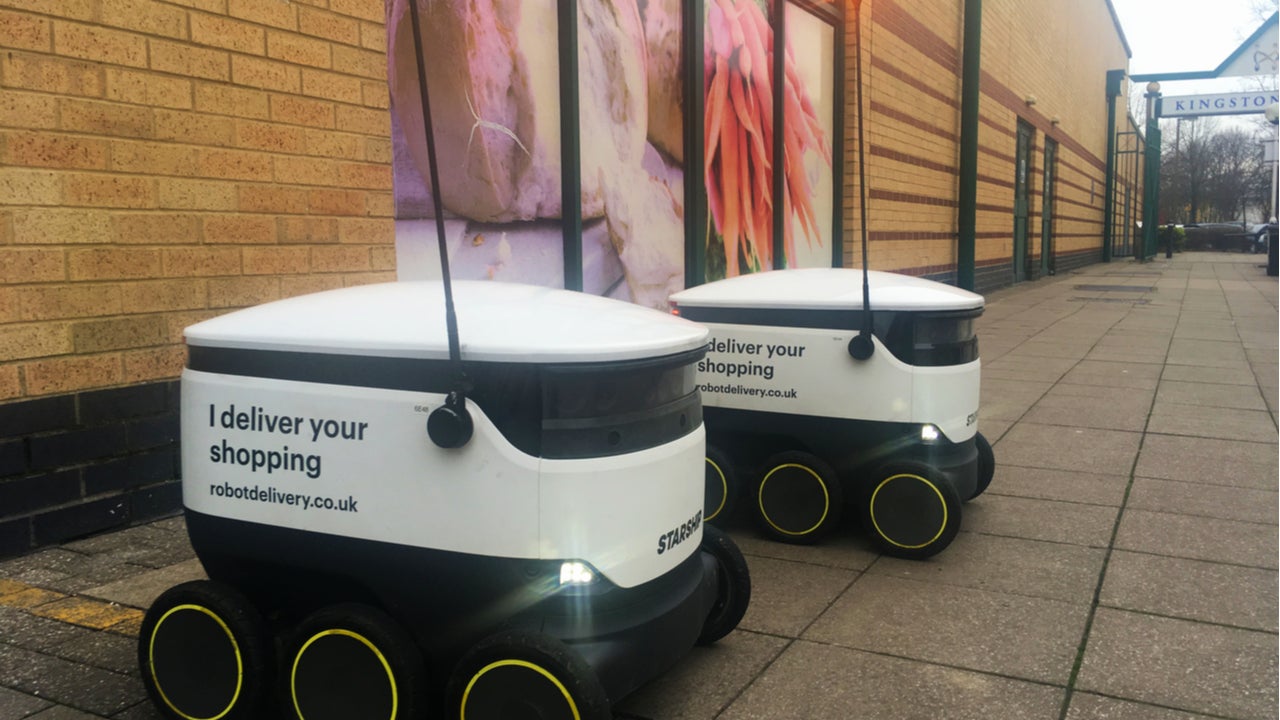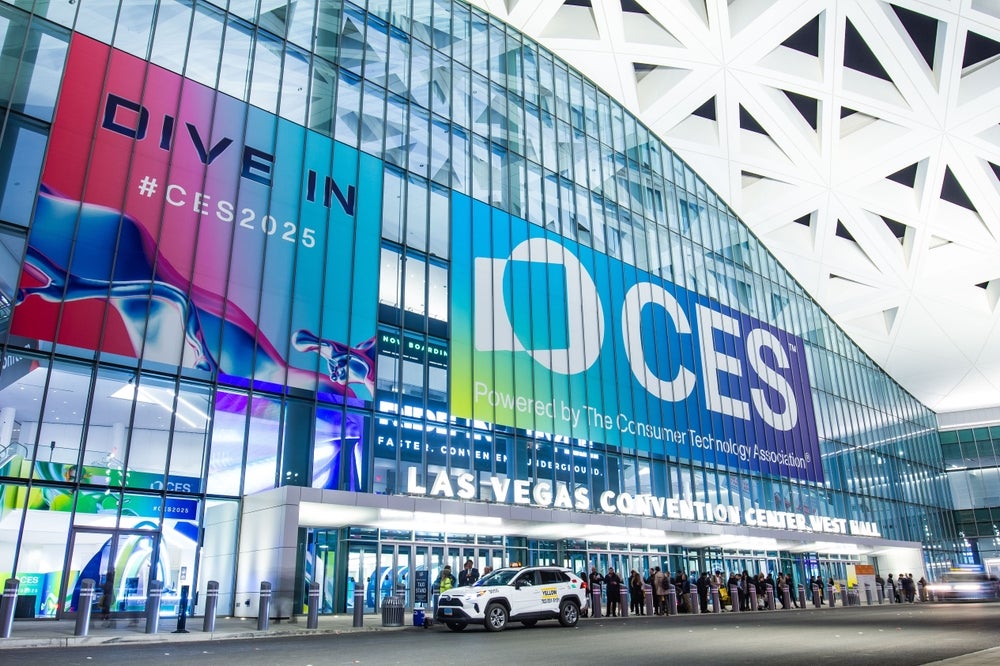Logistics robots are a fast-growing segment in a fast-growing industry. GlobalData estimates that the segment was worth $1.7 billion in 2020 and it is expected to grow at a 21.5% CAGR until 2030—a growth that is fuelled by warehouse demand.
Covid-19 led to a decade of digital adoption in the space of a year. Online retail, which was already growing fast before the pandemic, saw a boom in the last two years. Retailers now need less shop floor space and more warehouse infrastructure to store and process online orders.
This, of course, includes armies of robots picking and sorting packages. The next logical step is for robots to deal with the rest of the online retail value chain, which includes deliveries to customers. However, the machines are not yet leaving warehouses to bring parcels to our doors, and it will be a while until they are able to do so.
From depot to door – waiting for Robo
Robotics has played a huge role in the success of companies like Ocado and Amazon. In the case of the latter, the US behemoth currently has around 350,000 robots operating in its warehouses. But not even the most successful online retailers have been able to use robots to deliver orders to customers. Roads and streets, especially in busy cities, are complex to navigate and the alternative, aerial delivery by drone, seems to be faltering too.
Amazon had ambitious plans for drone delivery in the UK, which was fast-tracked for trials by regulators. It wanted the drones to place packages at customers’ doors from a very low height. This would have allowed it to deliver all types of goods, including delicate goods, but would also increase the safety of the operation and limit the risk of deliveries falling on people, cars, or pets. This made the drones heavy and complex, and the company now seems to be scaling down those plans.
This does not necessarily mean that drone delivery is dead, but it is more likely to work in remote areas with poor transport links. In cities, drones cannot, at the moment, compete with terrestrial delivery in terms of cost and safety. On the other hand, terrestrial robot delivery faces the same challenges as autonomous vehicles.
How well do you really know your competitors?
Access the most comprehensive Company Profiles on the market, powered by GlobalData. Save hours of research. Gain competitive edge.

Thank you!
Your download email will arrive shortly
Not ready to buy yet? Download a free sample
We are confident about the unique quality of our Company Profiles. However, we want you to make the most beneficial decision for your business, so we offer a free sample that you can download by submitting the below form
By GlobalDataIs Alibaba cracking the robots code?
What if the outside world was not dissimilar to the controlled environment of a warehouse?
Alibaba is successfully implementing robot delivery in university campuses across China, with a million deliveries made as of October 2021, and says it plans to expand its fleet to 10,000 robots. US/Estonian company Starship, operating in global locations including the US and UK, says it has already made 2m deliveries and has more than 1,000 robots already operational. Amazon and FedEx have also run pilot programs with delivery robots in several US universities, but expansion has been slow to date.
University campuses are closed captive environments and are therefore more predictable than a city street. They present the additional advantage that most consumers there tend to be young and more open to technology.
Alibaba’s deployment of robots in university campuses proves that robotics can have a role across multiple layers of online retail’s value chain. Even if we are unlikely to see robots on our streets, business parks, industrial estates, hospitals, or more predictable environments like campuses could be the next stage.









Related Company Profiles
Amazon.com Inc
FedEx Corp